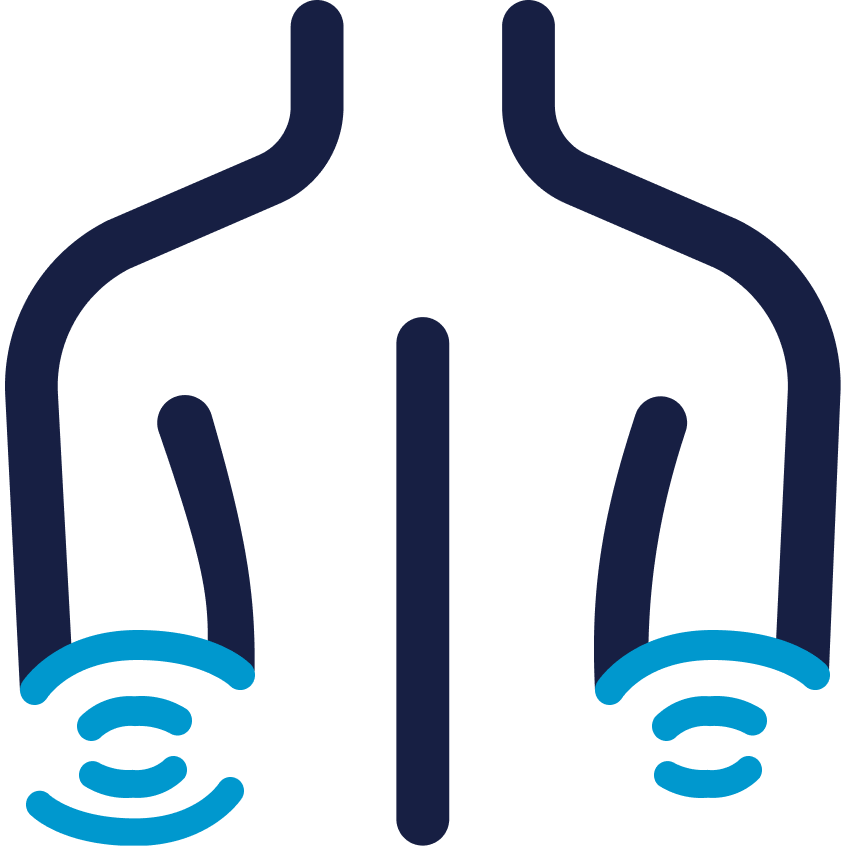
- Specialty Procedures
- /Elbow

Ulnar Nerve Transposition is a surgical procedure performed to reposition the ulnar nerve, which is located in the arm, to relieve pressure on the nerve. The ulnar nerve runs from the neck through the shoulder, arm, and hand. It is responsible for providing sensation to the ring and pinky fingers and controlling some of the muscles in the hand.
When the ulnar nerve is compressed or pinched, it can cause cubital tunnel syndrome. This condition can result in numbness or tingling in the hand, pain in the elbow, and weakness in the hand muscles. In severe cases, it can lead to permanent nerve damage.
During the transposition procedure, the surgeon will create a new pathway for the ulnar nerve to follow, usually by moving it from behind the elbow to the front. This can help relieve pressure on the nerve and reduce the symptoms of cubital tunnel syndrome. The procedure is typically performed under general anesthesia, and patients may need to wear a splint or brace to protect the arm after surgery. Physical therapy may also be necessary to aid in recovery.
A good candidate for Ulnar Nerve Transposition surgery has typically been diagnosed with cubital tunnel syndrome and has not responded well to conservative treatment options, such as rest, anti-inflammatory medication, and physical therapy. Candidates for the surgery may experience numbness, tingling, or weakness in the hand or arm or difficulty gripping objects. Additionally, patients who may benefit from the procedure may have severe or worsening symptoms or be at risk of permanent nerve damage.
It is important to note that not all patients with cubital tunnel syndrome are good candidates for surgery, and the risks and benefits of the procedure should be carefully considered before proceeding. Ultimately, the decision to undergo ulnar nerve transposition surgery should be made on a case-by-case basis in consultation with a qualified orthopaedic specialist.
During an Ulnar Nerve Transposition, the surgeon will reposition the ulnar nerve to relieve pressure on the nerve and reduce the symptoms of cubital tunnel syndrome. The exact details of the surgery may vary depending on the individual case, but generally, the procedure involves the following steps:
After the surgery, the patient may need to wear a splint or brace to protect the arm and hand while the nerve heals. Physical therapy may also be recommended to help improve the affected area's range of motion and strength. Full recovery from ulnar nerve transposition surgery may take several weeks to months. The surgeon will discuss safely returning to all normal activities during postoperative appointments.

